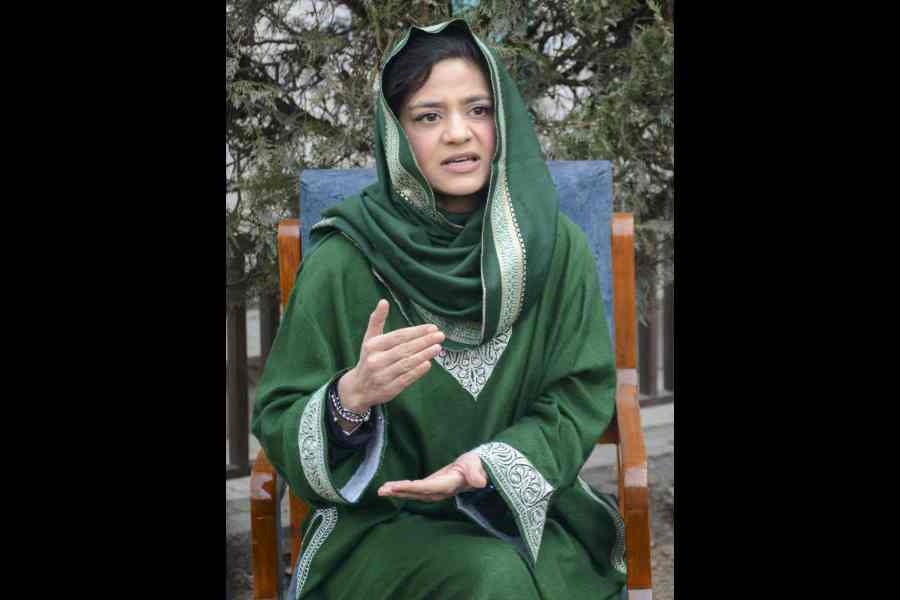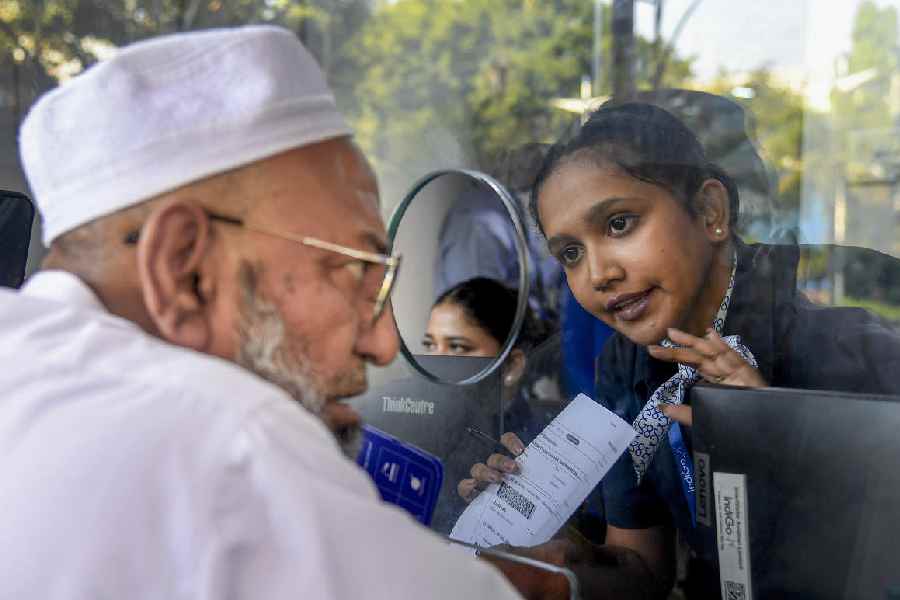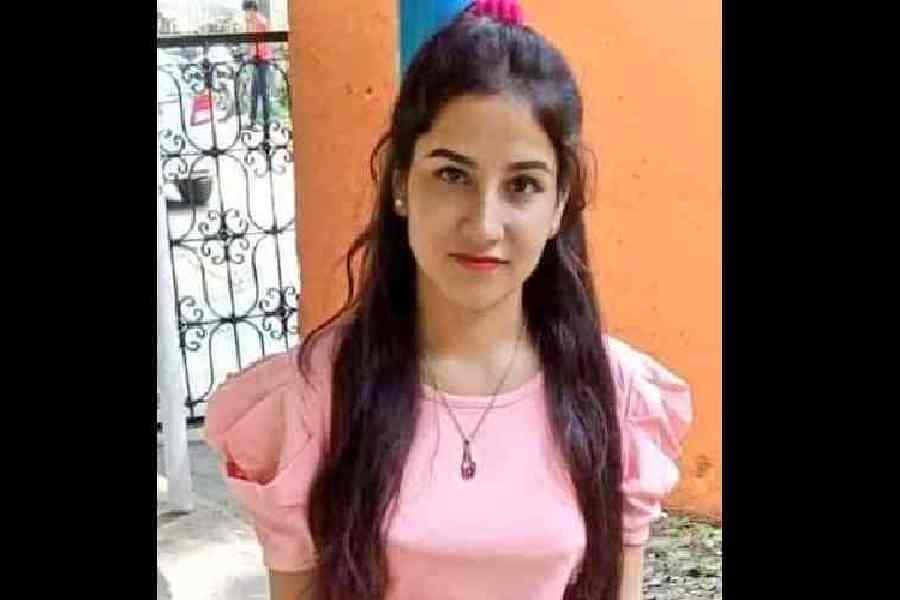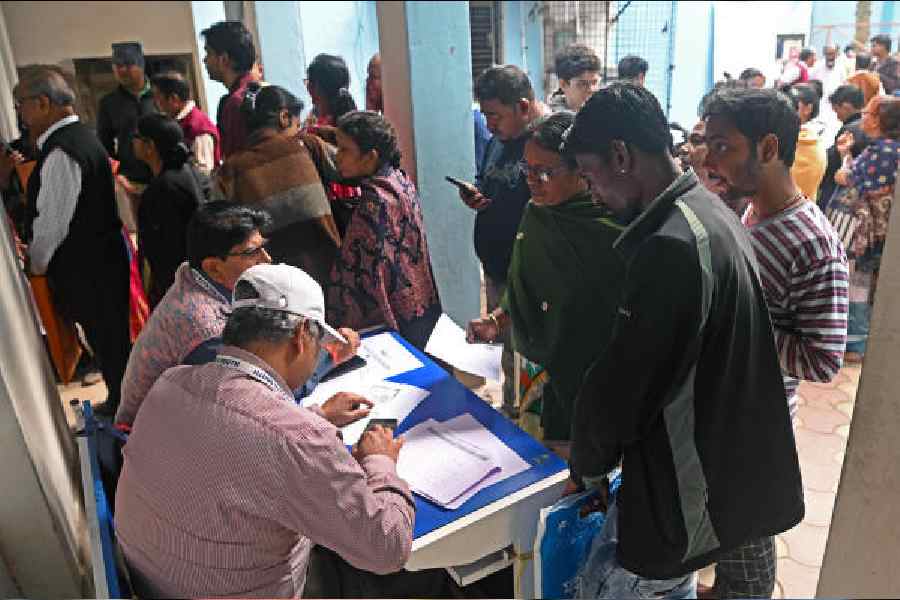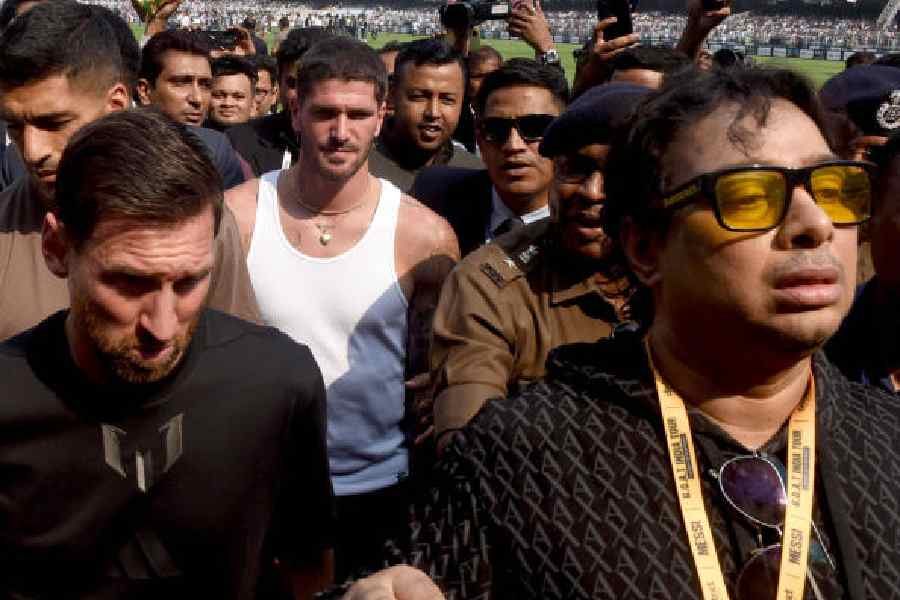 |
| WHODUNIT: Rajesh and Nupur Talwar at the Jantar Mantar, New Delhi, in January 2011 |
For the 10-odd minutes when the three ceiling fans stopped whizzing, everyone sat in silence. The court proceedings had been stalled because of a power failure. And it seemed as if justice had come to a grinding halt too.
The May 16, 2008, double murder of teenager Aarushi Talwar and domestic help Hemraj Banjade is being tried at the Central Bureau of Investigation’s (CBI) special court in Ghaziabad. Aarushi’s parents — dentists Rajesh and Nupur Talwar — are in the witness stand in the fast-track court under additional district judge S. Lal. Nupur Talwar, who was in jail for the last five months, has been granted bail. But the questions posed four years ago still remain unanswered.
How were the two killed? Were they killed with a khukri, a Nepalese knife? Or were they hit with golf clubs, and then their throats slit with a sharp object? Who killed them? The prosecution says it was an honour killing done by Dr Rajesh Talwar in a fit of rage. The defence holds that the Talwars are innocent, and points a finger at outsiders.
What’s not helping the case is the stream of discrepancies the court is faced with.
The post-mortem report and the testimony of the doctor who conducted the autopsy are conflicting. A key witness has turned hostile; another has changed his statement. Errors by a forensic laboratory have led to confusion over a crucial piece of evidence.
“It was a dead case. The CBI should have refused to take up this case,” says former CBI director Joginder Singh. “The local police ruined the case from the beginning.”
The CBI is unable to trace four witnesses against whom several summons have been issued. One of them is Bimla Sarkar who was a cook in the Talwar household. Two security guards and an independent witness are also missing.
The existing witnesses are changing their stands. “I signed my statement out of fear,” the Talwars’ driver, Umesh Sharma, said in court. Sharma, one of 13 key prosecution witnesses appearing before the court, said he had taken out two golf clubs from his employers’ car and kept them in Hemraj’s room some months before the murder. He was declared hostile by the court after he said he couldn’t identify the clubs.
“The way the witnesses are deposing before the court, it seems like they have been bought over,” says a CBI source.
The case was handed over to the CBI on May 31, 2008, after an outcry over “shoddy” investigations by the Noida police. Dr Rajesh Talwar was arrested on May 23 that year, but released on bail in July when the CBI investigators said they had no evidence against him. The CBI then arrested Krishna, a helper at the Talwars’ dental clinic, on the basis of a polygraph and a narco-analysis test conducted on him and two of his accomplices. The agency then believed the culprit was Krishna whom Dr Talwar had yelled at for messing up a dental mould.
But the picture changed drastically in September 2009 when a second CBI team replaced the first team. In December 2010, the team filed a closure report saying, “The findings of the investigation reveal a number of circumstances that indicate the involvement of the parents in the crime and cover-up.” The trial court rejected the report and asked them to reopen the investigations. The trial proceedings began in early June this year against the Talwars for murder and destruction of evidence.
The murder weapon is one of the biggest stumbling blocks in the investigation. The first CBI team had said Krishna’s khukri could have been the weapon, thereby zeroing in on Krishna. A 2008 report by a specialists committee had said a khukri “could have been” the weapon used to deliver blows on the heads of Aarushi and Hemraj and slit their necks. Dr Sunil Dohare, deputy chief medical officer at Noida’s Gautam Budh Nagar Hospital was on the committee. He is now a key witness for the prosecution as he’d conducted Aarushi’s post-mortem and was present for Hemraj’s.
But Dohare’s testimony has now changed. He told the court in July that the bodies bore V-shaped wounds that could have come from a golf club. He also said the injuries on the necks of the two victims were identical and could have been made by a surgically-trained person. The Talwar camp is suspicious of the finding. “The present CBI team doesn’t find it necessary to send the khukri for forensic tests,” a Talwar family member says. There’s more. In the post-mortem report, Dr Dohare had said “NAD” (no abnormality detected) to denote the condition of Aarushi’s genitals but made a contradictory remark during his testimony, holding that the vaginal orifice was unduly large. He also said a white discharge was found in Aarushi’s vagina and the genitals were dilated. His testimony supports the CBI which says the Talwars had washed her body. Dohare maintained in the court that his “subjective findings” were not mentioned in the post-mortem report.
Another disclosure that created a stir was the testimony of witness K.K. Gautam, a retired superintendent of UP police. He told the court that the first CBI team had attributed to him observations he had not made, and left out vital information. The first CBI team said Gautam had noticed depressions on Hemraj’s bed that suggested three people might have sat on it. The CBI said he had mentioned seeing three glasses on the floor. The washroom was dirty, as if several people had used it.
A new angle came up during the trial. Gautam told the court that the chairman of the Noida Eye Hospital, Sushil Chaudhry, who is said to be a friend of Rajesh Talwar’s elder brother, Dinesh, had called Gautam and requested him to hide a rape angle (if there was one) in the post-mortem report. The defence denies this. “We never asked Gautam to influence the post-mortem report. We just requested him to see if the report could be expedited,” says defence counsel Manoj Kumar Sisodia.
Another key witness for the investigating agency is Bharti Mandal, who joined the Talwar household as a domestic help a week before the murders. She told the court that the main door of the house was not locked from outside, giving credence to the CBI’s theory that the murders were an inside job. But Bharti, after giving her statement, seemed to imply that her answers had been tutored. “I am saying whatever has been told to me,” she said.
“Witnesses should be protected. Since they were not protected by the CBI, we now see a series of flip-flops in their statements,” says advocate Naresh Yadav, who represented Krishna when he was accused of the murders.
Another mystery that the lawyers are trying to unravel is over a purple pillowcase that belonged to Krishna. The Centre for DNA Fingerprinting and Diagnostics (CDFD) had said in 2008 that Hemraj’s blood was found on it. “In February 2011, at the Allahabad High Court we brought up the fact that Krishna’s purple pillow cover had Hemraj’s blood on it. Then in March the same year, the CBI orally said in court that Krishna’s pillow cover had got exchanged with Hemraj’s,” says Sisodia. “Later, the CDFD said a typographical error had occurred and the pillowcases had got exchanged. How could they play with such crucial evidence?”
The statements made by UP police photographer Chunnilal Gautam are under a cloud too. The photos Chunnilal took and the fingerprints he collected were among the few pieces of hard evidence from the crime scene. However, deposing as a prosecution witness, he said most fingerprints had been tampered with. He also said the stuffed toy on Aarushi’s bed had no blood and her bed sheet was without any crease. The implication was that the crime scene had been “dressed up” — a position taken by the CBI. But Chunnilal’s earlier statements had made no such references.
The CBI doesn’t want to talk about the case, pointing out that it’s sub judice. The defence is doing all it can to counter the CBI’s arguments in court. “We just have to pick holes in the CBI’s projections. We also have to prove that the Talwars are innocent and put forth evidence suggesting that ‘x’ has done it,” says the Talwars’ lawyer, Rebecca John.
Four years after their death, and several investigations later, the case is as murky as ever. “Despite the CBI’s best efforts, it seems everyone will be acquitted,” says Joginder Singh. But Mumbai criminal lawyer Majeed Memon believes justice can be delivered. “Even if witnesses turn hostile, the court isn’t bound to reject what’s been put forth,” he says. “It can read between the lines and give a verdict.”
 |
Additional reporting by Sonia Sarkar


